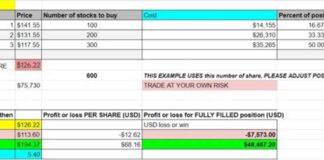McDonald’s was able to thrive in its early days due to its strict standards for food preparation and cleanliness, as outlined in the book “McDonald’s: Behind the Arches” by John Love. This attention to detail set McDonald’s apart from other restaurant chains of the 1960s, contributing to its success.
One interesting way to measure economic differences between countries is through the Big Mac Index. This index was created by The Economist in 1986 as a lighthearted way to compare purchasing power parity between different countries. The index is based on the theory of purchasing power parity, which suggests that in the long run, exchange rates should adjust to equalize the price of a basket of goods and services across different countries. The Big Mac Index specifically looks at the price of a Big Mac in various countries to determine whether currencies are over or undervalued.
In countries where the Big Mac is relatively cheap, it may indicate that the currency is undervalued compared to the US dollar. On the other hand, in countries where the Big Mac is expensive, it may suggest that the currency is overvalued. This can have implications for international trade and investment.
For example, in Argentina, the price of a Big Mac is relatively low compared to the US. This may be due to factors such as lower labor costs or a weaker currency. However, it’s important to note that the Big Mac Index is not a perfect measure of purchasing power parity and should be taken with a grain of salt.
Overall, the Big Mac Index provides an interesting perspective on global economics and can be a fun way to compare the relative cost of living in different countries. Next time you’re craving a Big Mac, you might want to consider how much it would cost in another part of the world!

















